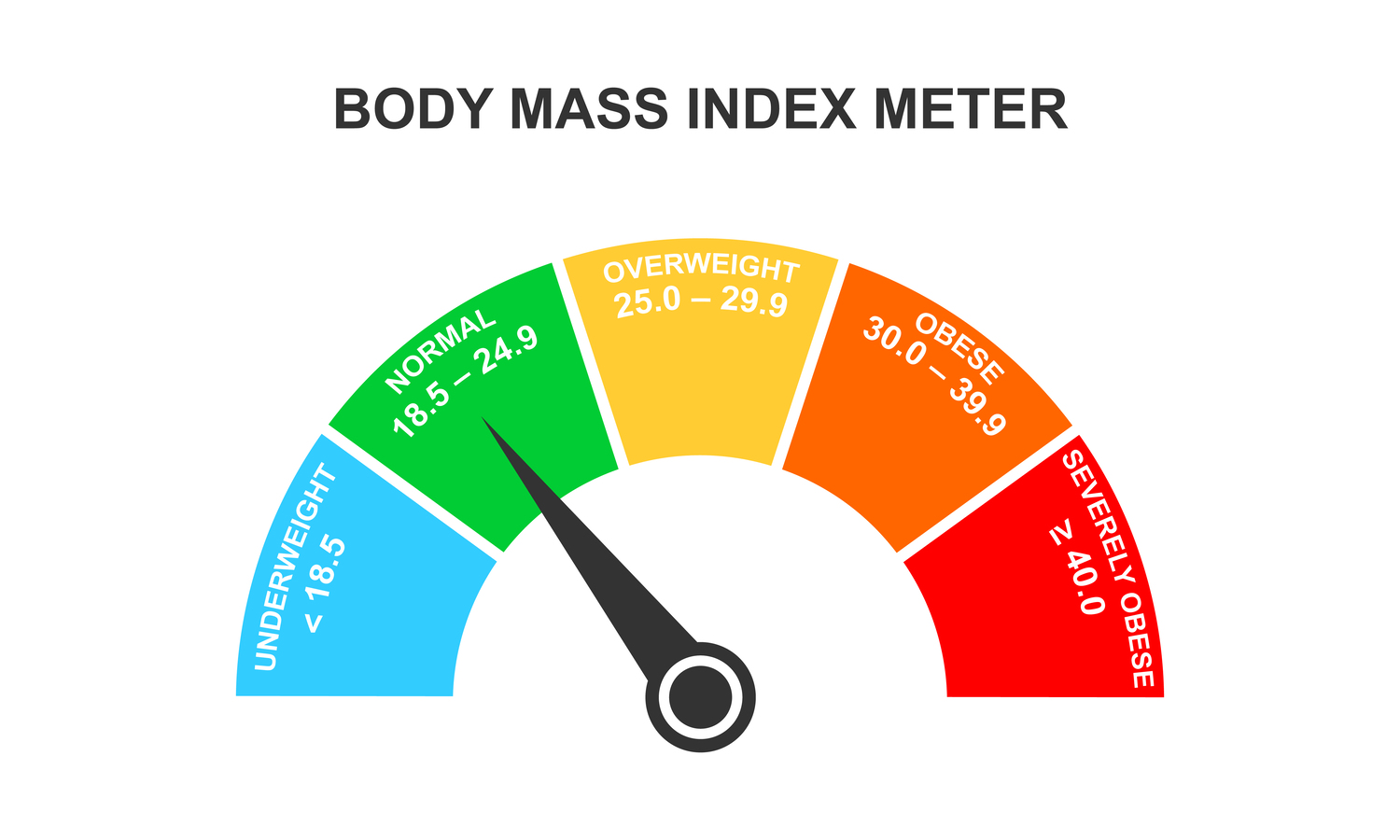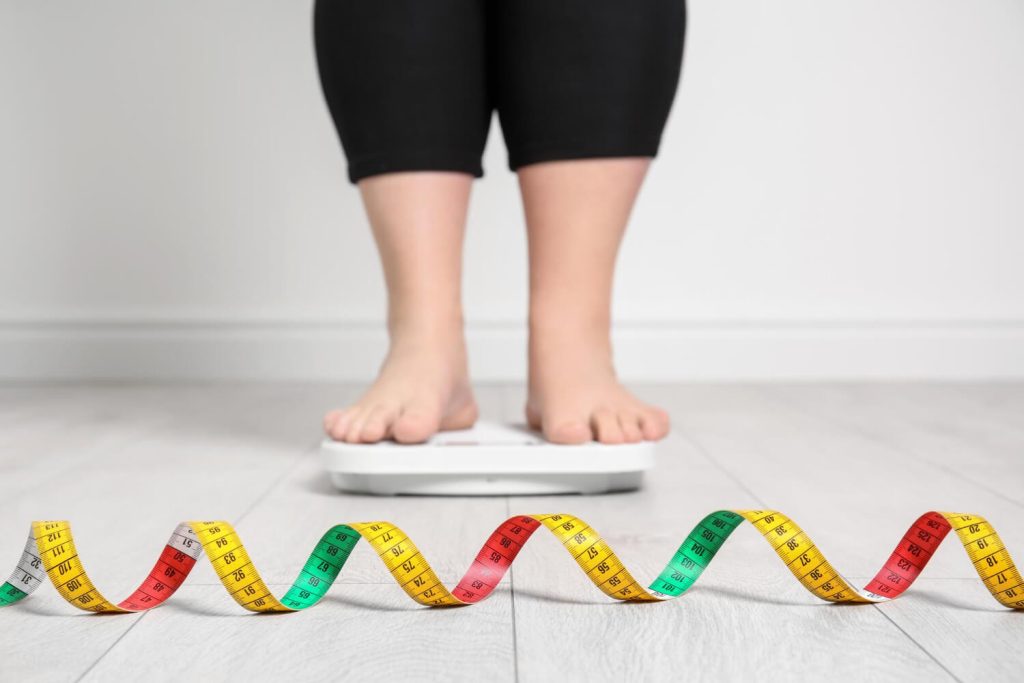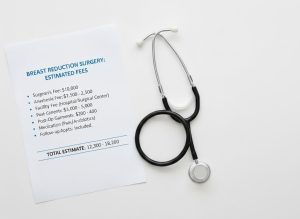Choosing plastic surgery often involves several factors. In the United States, Body Mass Index (BMI) becomes a key point during patient evaluations. That’s because BMI may influence procedure planning, anesthesia safety, and recovery outcomes.
So, what is the ideal BMI for plastic surgery? The answer usually depends on the type of procedure, medical history, and individual goals.
What is BMI and why does it matter in surgery?
BMI stands for Body Mass Index. It uses weight and height to estimate a number linked to body composition.
The formula is: BMI = weight (kg) / height² (m)
In the U.S., healthcare professionals use the following classification:
| BMI | Classification |
| <18.5 | Underweight |
| 18.5–24.9 | Normal |
| 25.0–29.9 | Overweight |
| 30.0–34.9 | Obesity (Class I) |
| 35.0–39.9 | Obesity (Class II) |
| 40+ | Extreme Obesity (Class III) |
In plastic surgery, this number may impact the type of anesthesia used, risk of complications, and overall surgical outcomes.

What’s considered the ideal BMI for plastic surgery?
Many plastic surgeon. prefer patients to be in the 18.5 to 30 BMI range. This range tends to present fewer complications after surgery.
Some procedures allow BMI up to 35, depending on the patient’s health history and metabolic stability.
Surgeries like tummy tucks, mommy makeovers, or liposuction often require more control over BMI. Smaller procedures such as eyelid surgery may offer more flexibility.
Read more:
👉Can you get a tummy tuck with a high BMI?
BMI limits by procedure type
| Procedure | Common BMI Limit |
| Tummy tuck | ≤ 30 |
| Liposuction | ≤ 30 (some up to 35) |
| Breast augmentation | ≤ 35 |
| Facelift | Up to 35 |
| Mommy makeover | ≤ 30 |
| Brazilian butt lift | ≤ 30 |
The ideal BMI for plastic surgery usually follows these references, but each case requires individual medical evaluation.
Risks associated with higher BMI
Patients with a BMI over 30 may face:
- Higher risk with anesthesia
- Longer healing times
- Increased inflammation or infection
- Less predictable results
- Greater chance of revision surgery
These factors keep the ideal BMI for plastic surgery within more controlled ranges, aiming for safety and smoother recovery.
Can someone with a higher BMI get surgery?
Yes, some clinics in the U.S., including those in Miami, offer surgery to patients with a BMI above 30. These cases often require a personalized approach, additional medical tests, and clearance from specialists.
In those scenarios, surgeons may:
- Break procedures into stages
- Use monitored anesthesia
- Adjust surgical planning
- Recommend pre-op nutrition or hormone support
Even when above the ideal BMI for plastic surgery, patients may still be eligible with proper preparation and medical supervision.
How to reduce BMI before plastic surgery
For patients aiming to reach the ideal BMI for plastic surgery, lifestyle adjustments can make a difference before surgery.
Here are a few tips:
- Work with a licensed dietitian
- Start gentle and consistent exercise
- Avoid extreme diets right before surgery
- Track weight changes with medical guidance
- Treat related conditions like high blood pressure or insulin resistance
Small steps taken over 3 to 6 months often help improve pre-op exams and optimize surgical planning.
Final thoughts and next steps
Understanding the ideal BMI for plastic surgery helps patients align expectations before meeting with a plastic surgeon. BMI isn’t the only factor considered, but it often reflects how well the body is prepared for surgery.
Want to know if your BMI fits your chosen procedure?
Schedule a consultation in Smart Plastic Surgery in Miami and review your options with a trusted plastic surgeon.



